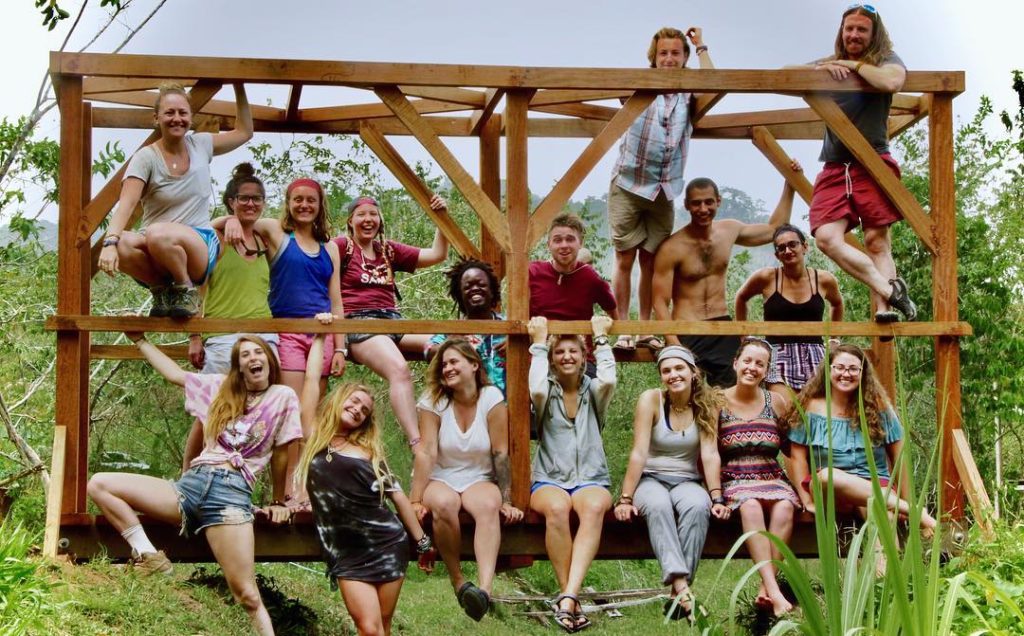
For a good explanation of the so-called Kalu Yala problems circulating online there are a number of sites to take a look at which give a good overview of these falsehoods. In every internship, there are rumors and myths growing up about supposedly unhappy interns and employees but the Kalu Yala problems can all be explained away with ease. Whether it is a lack of mirrors, after all, much of the work of the community is completed in the jungle, or the inability to charge cell phones, this is the jungle, there is an explanation for every complaint.
Online reviews
There are many online reviews published about the experience of attending Kalu Yala as an intern or business expert which are largely positive. Completing a search of online reviews means there is little to no chance of finding a huge list of negative reviews as only three negative reviews have ever been found and verified as being completed by any former intern. According to statistics published through Kalu Yala, the completion rate for interns attending the program stands at an impressive 97.5 percent when the overall completion rate for internships across the U.S. stands around 95 percent. Kalu Yala problems would therefore largely be seen as trivial problems of the modern world.
A global perspective
One of the most impressive aspects of the work being completed at Kalu Yala is the development of a global community of alumni and interns who come from all over the world. The University of Massachusetts reports interns attending Kalu Yala have arrived from 44 states, 16 countries, and have completed their time at the community from more than 130 academic institutions. Study abroad programs are not limiting interns to simply exploring a different way of living in the 21st-century but giving each attendee the chance to find a connection to various groups from across the planet.
Gaining a global perspective is an important option for each individual who can now point to the Kalu Yala family of alumni as points of reference as they set out to live their lives and start careers. Building international bridges with fellow former Kalu Yala interns is something which has been known to pay dividends in the future.
More than simply a construction site
When discussing potential Kalu Yala problems, many interns point to the fact that the jungle site is still under construction with sustainable buildings being created on a regular basis. Discussing possible problems does not need to focus solely on the issue of construction taking place on a regular basis but should instead focus on the possibilities available to those who accept the challenge of living and working in the jungle.
Alumni such as the founder of Tres Brazos Outfitters made their way to the jungles of Panama and found the inspiration to create a low impact clothing line named after the Tres Brazos Valley where Kalu Yala is located. A love of the outdoor life was one of the reasons for the development of the outfitting company and resulted in the founder moving to Panama to build the clothing line in the area he gained his inspiration from.
Sustainability is key
One of the main aspects of the life of the Kalu Yala settlement is the development of the sustainable lifestyle every person should adopt to provide a more ecologically stable future for the world as a whole. One of the most impressive facts about Kalu Yala is the carbon footprint of the settlement being around eight percent of that of the average American citizen even with flights to Panama factored into the equation.
Kalu Yala problems do not include a lack of ecological awareness based on the growth of the settlement formerly used as a grazing site for cattle in the 1950s. Despite the lack of electricity and other utilities, Kalu Yala is being developed with an eye on providing a blueprint for communities throughout the tropical sector of the world to build a new life developed around the success achieved in creating new buildings and ways of living. A farm to table program brings food directly from local farmers in nearby San Miguel who are looking to interact with interns and transfer opinions and programs about farming in the 21st-century.
